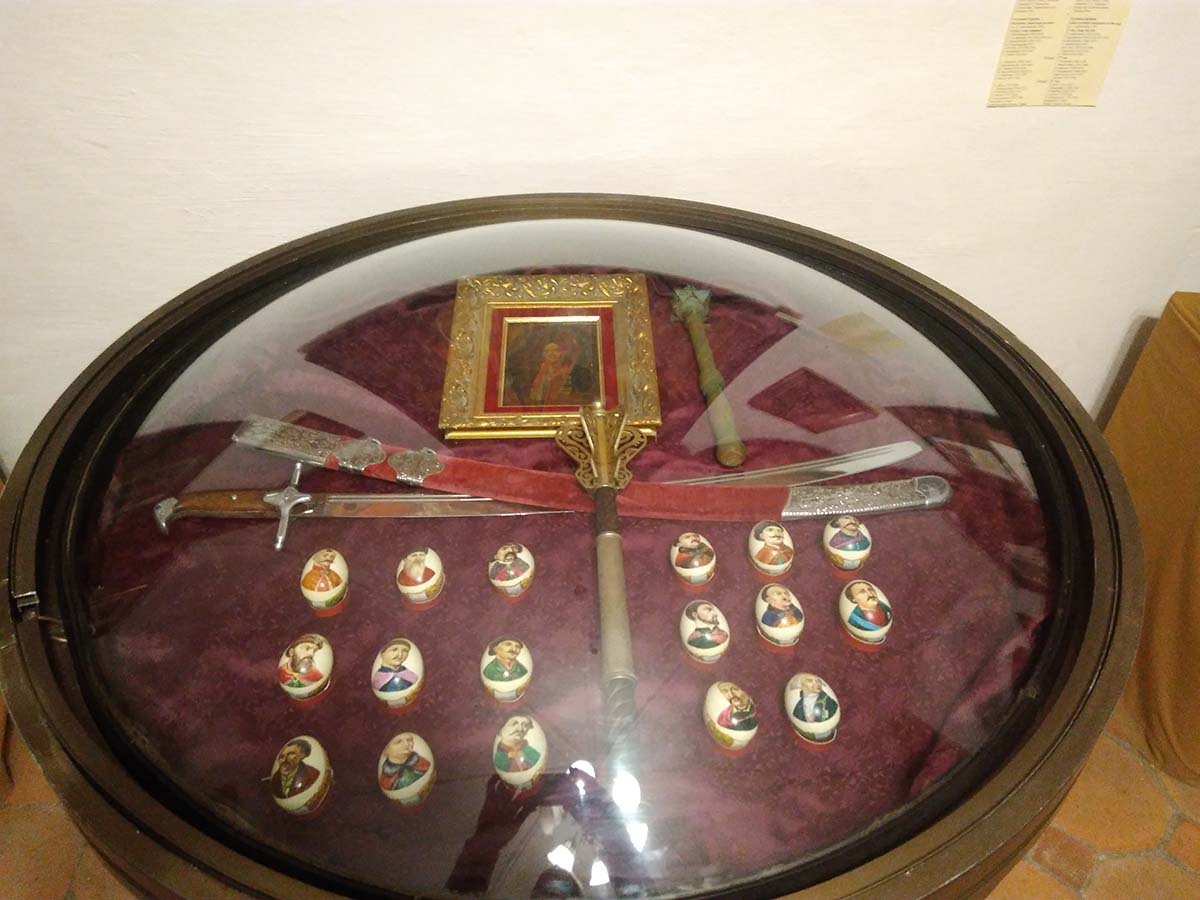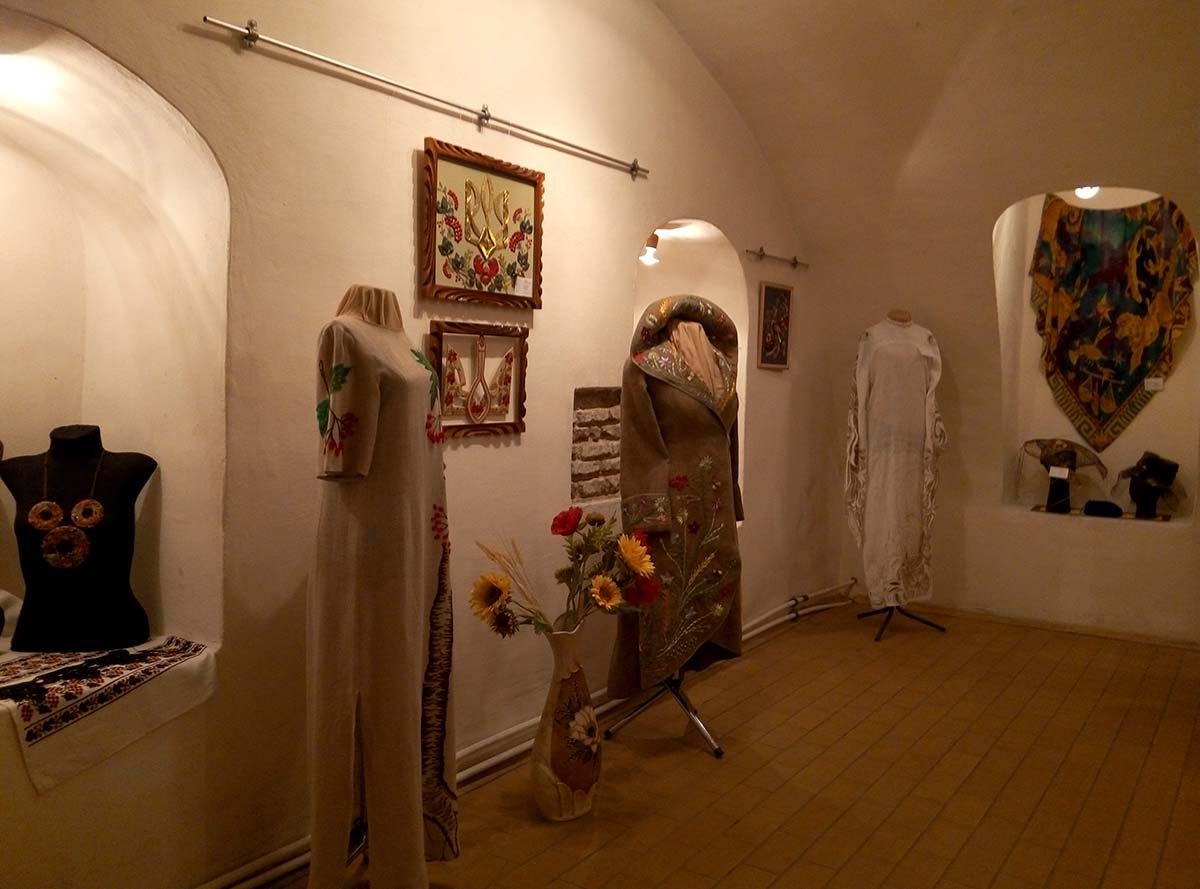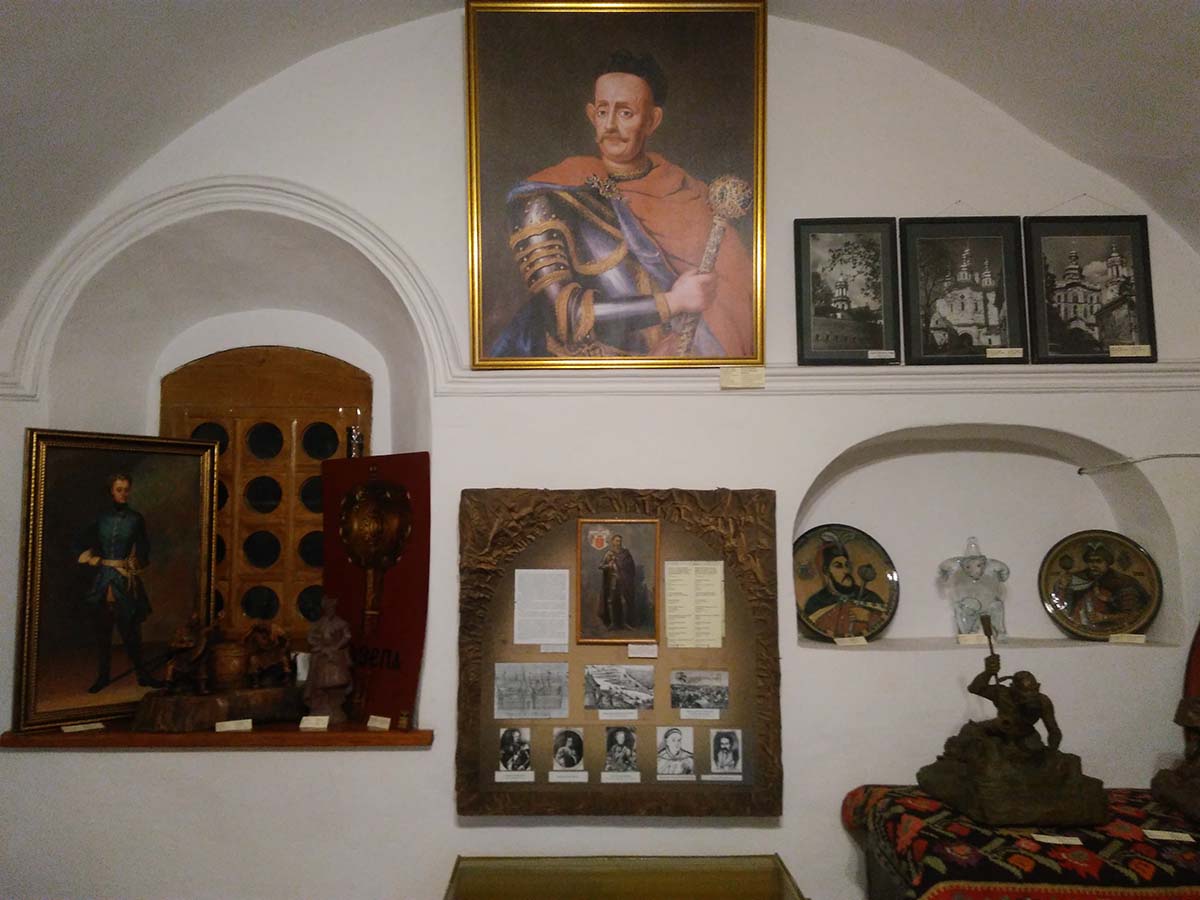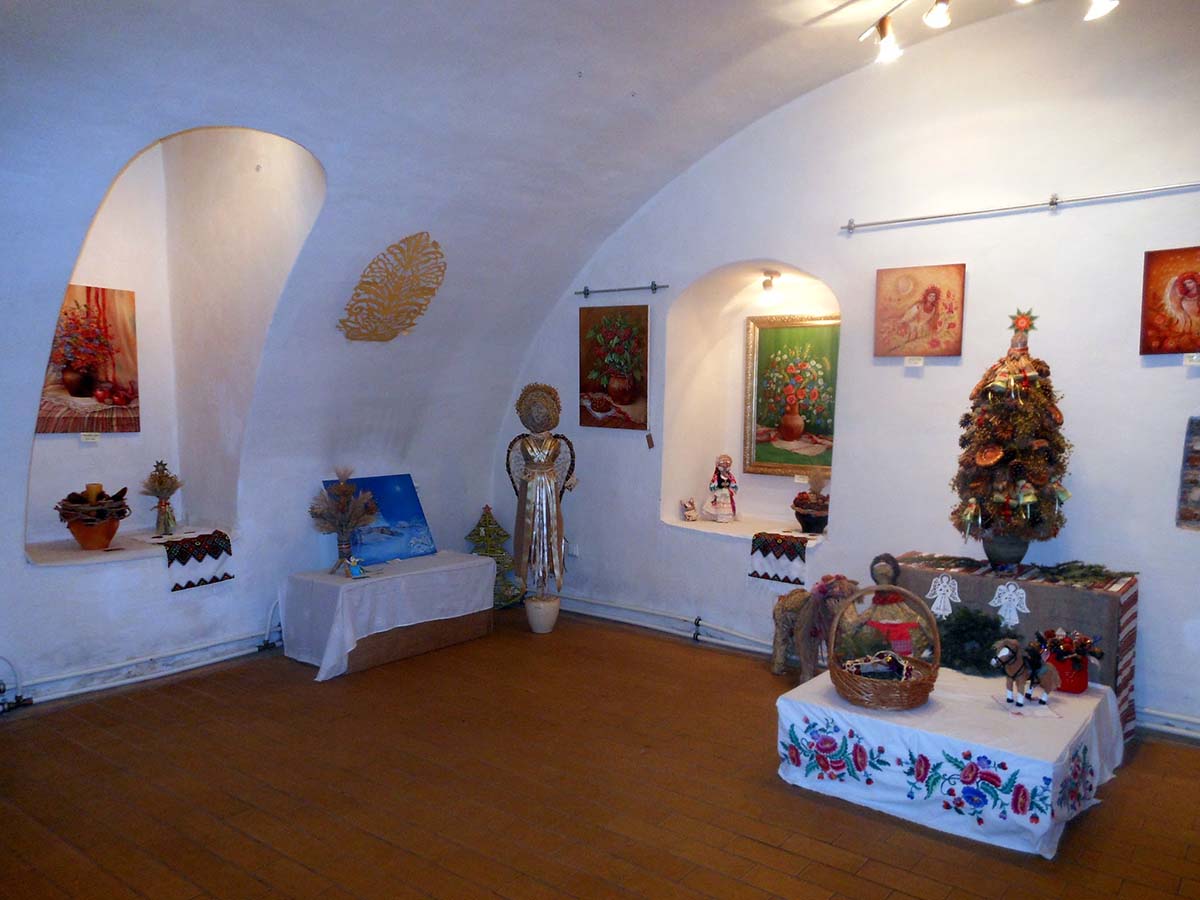The Hetman Museum is a state cultural, educational and historical research institution, a concentration of monuments of material and spiritual culture related to the history and traditions of the Cossack-Hetman era, which was created on March 11, 1993 by order of the representative of the President of Ukraine. The museum is located in the building (one of the few buildings that survived the fire in Podol in 1811; the restoration was carried out by Andrei Melensky, who is known by monument to Magdeburg Law, St. Nicholas Church on Askoldova Mogila and Church of the Nativity) which is an architectural monument and was built in the late 17th – early 18th centuries.
The main objectives of the Hetman Museum are the preservation, acquisition, study and use of historical and cultural monuments of Ukraine of the Cossack-Hetman era and coverage of the problems of the state in Ukraine. The museum’s scientific library has more than 3,000 copies. The museum’s holdings include more than 6,000 exhibits. These are things found both by museum employees and gifts from citizens and supporters from abroad (from the Czech Republic, USA, Germany). Among the exhibits are a number of materials covering the activities of Hetman Pylyp Orlyk during the years of his forced emigration and his emigration environment. Private archives of Pavlo Skoropadsky, the last hetman of Ukraine. Personal belongings of Ukrainian statesmen (Petlyura’s awards, Petlyura’s death mask, awards and belongings of UPR army soldiers), books, postcards, samples of UPR money. Rare historical maps of Ukrainian lands (a map by Johann Baptist Gaumont, created in Germany in 1716). Graphic works, including a sheet by the engraver Hilarion Migura “Mazeppa among his good deeds,” published in 1706. There is also a selection of things from Cossack life, sabers, cannonballs, and powder flasks.
Where is the Hetmanate Museum?
Spasskaya street, 16B
(044) 425-55-49
Mon-Sun: 10:00 – 17:00, Fri: closed




